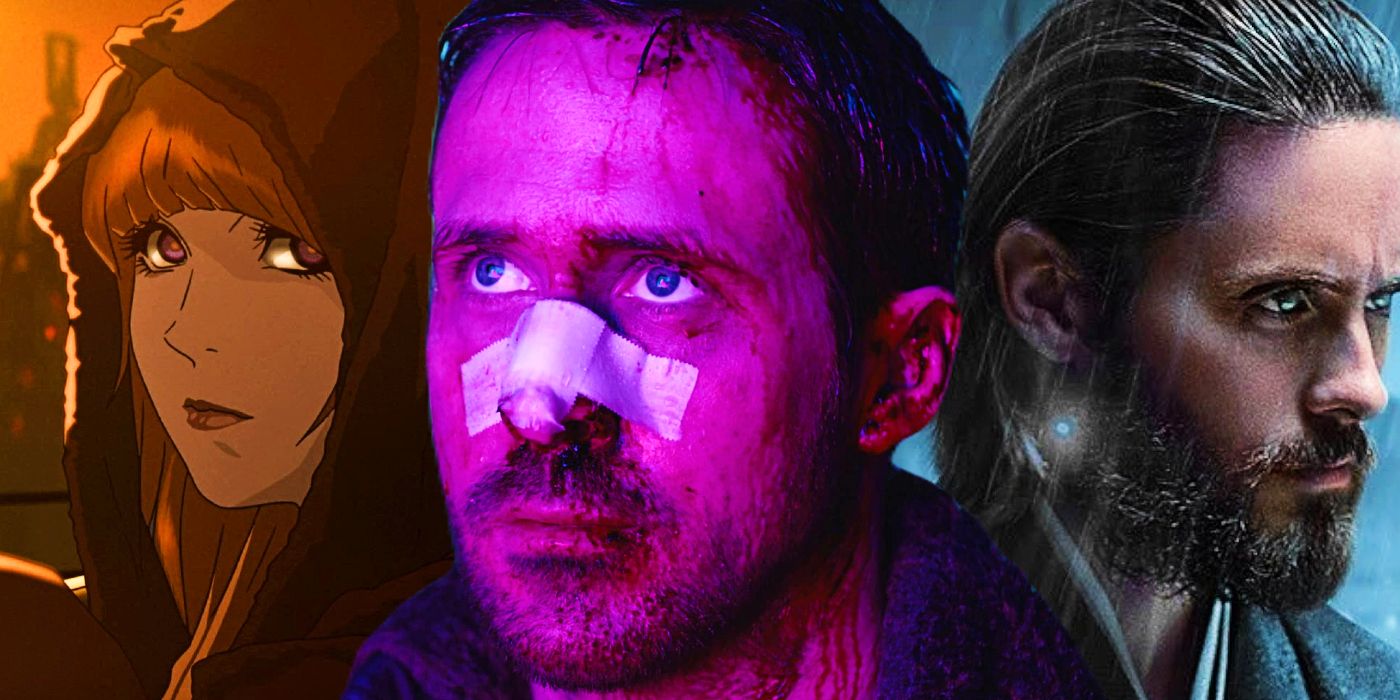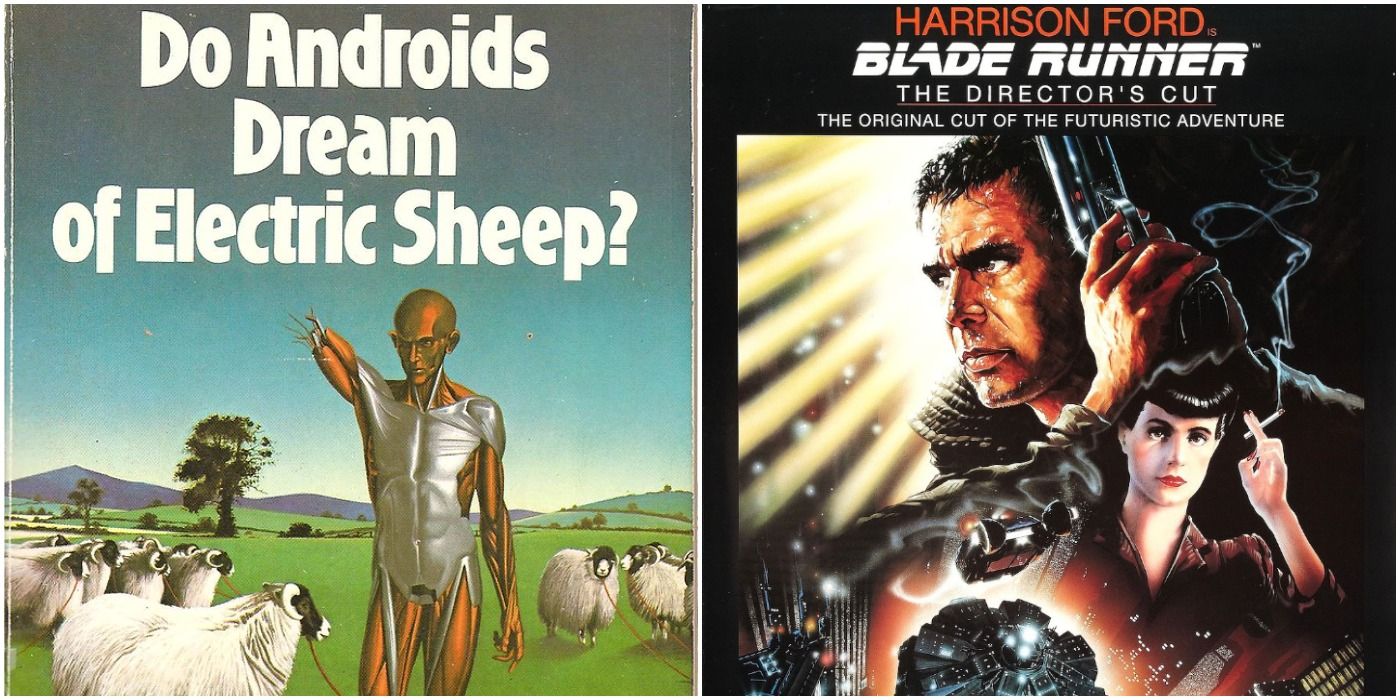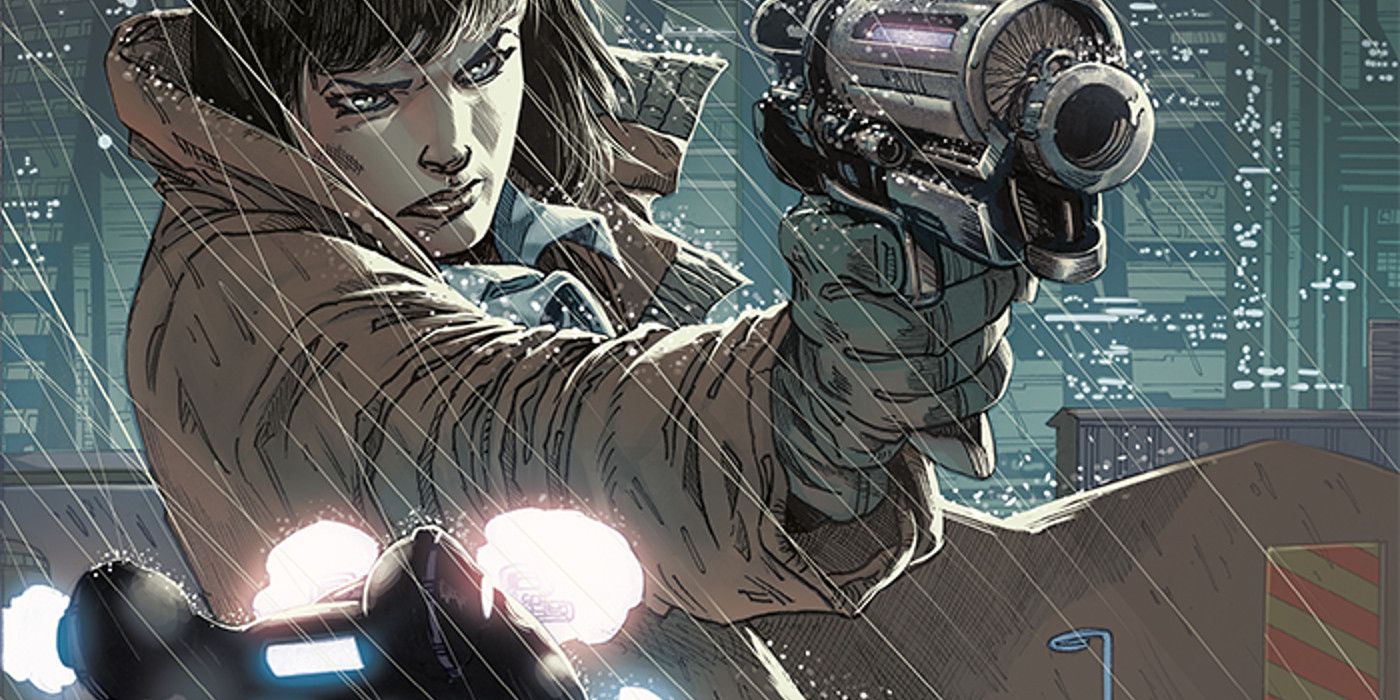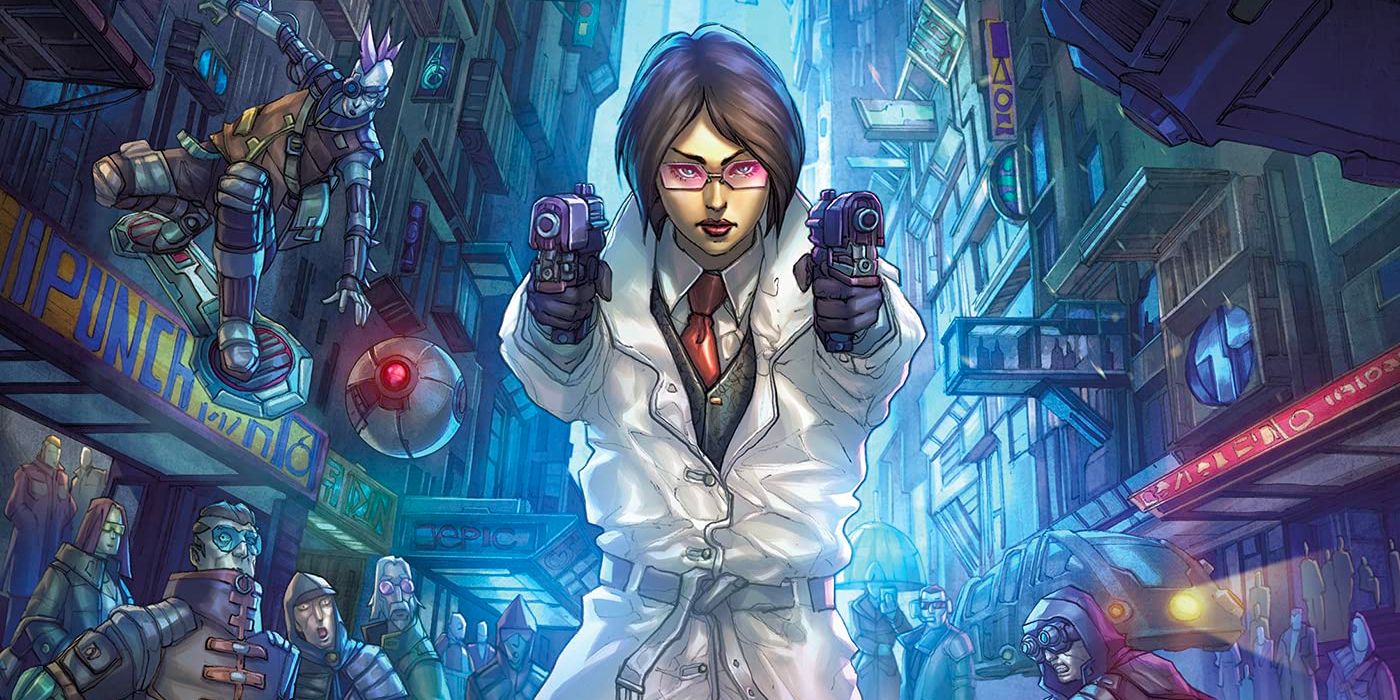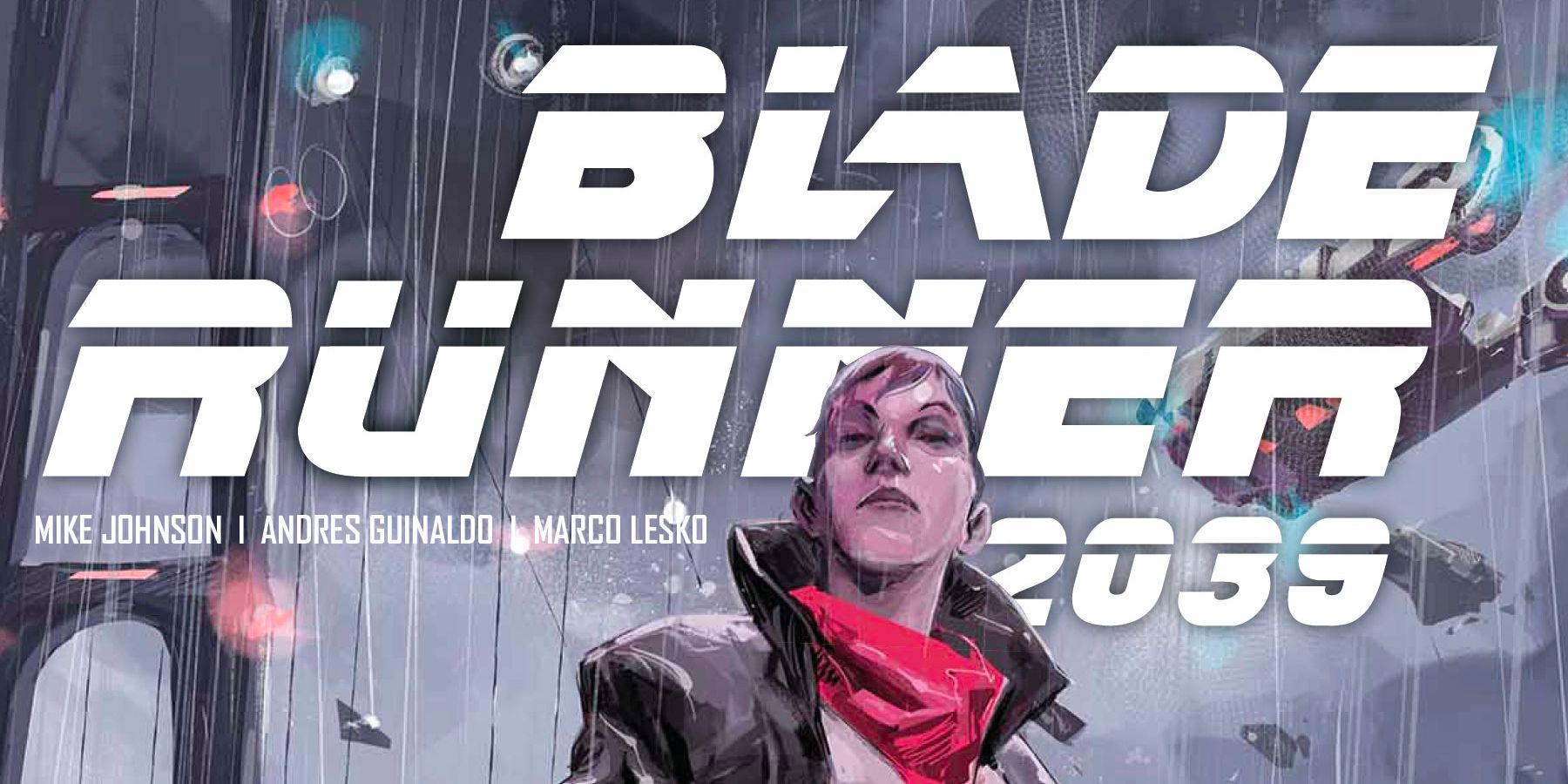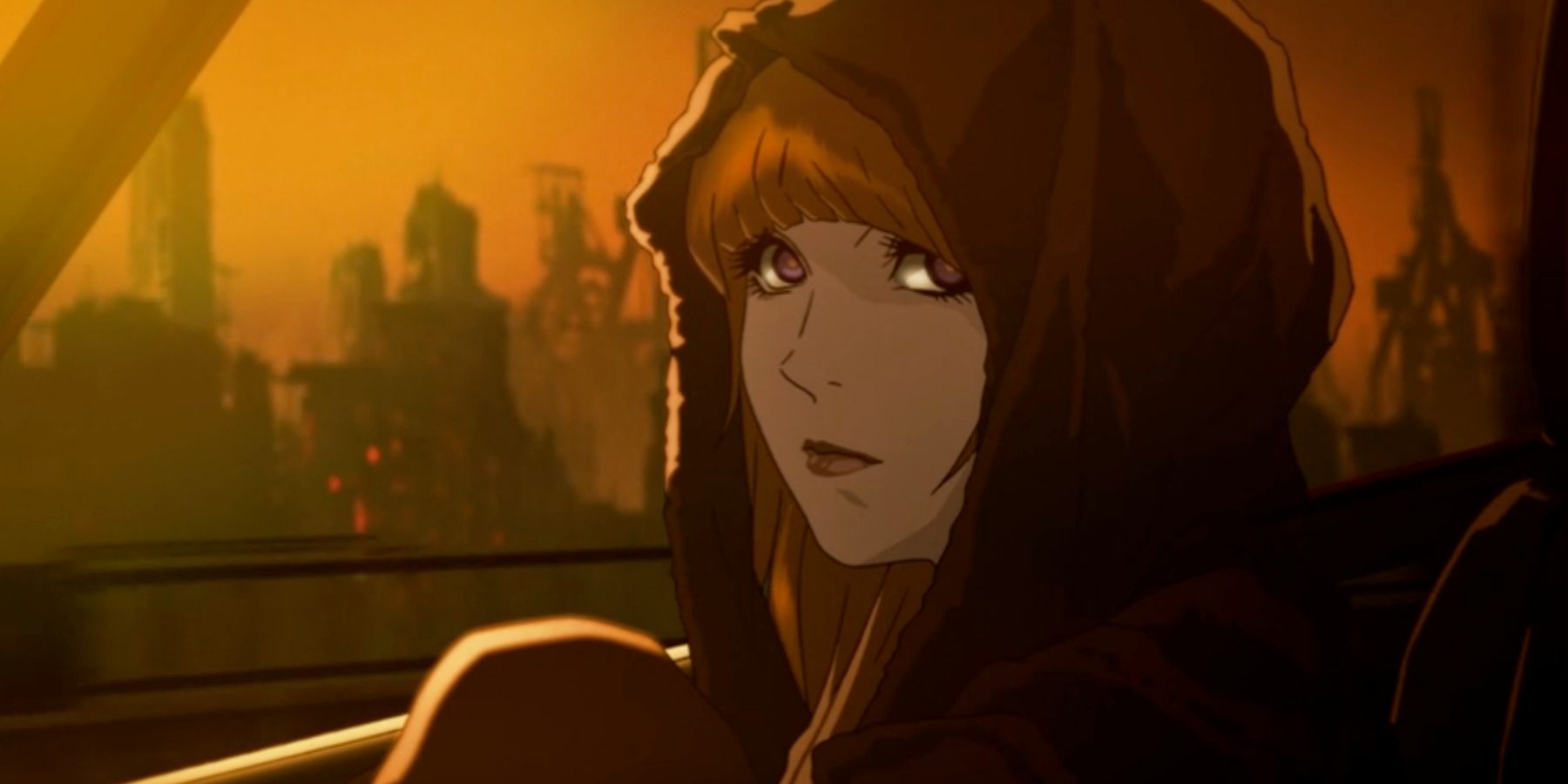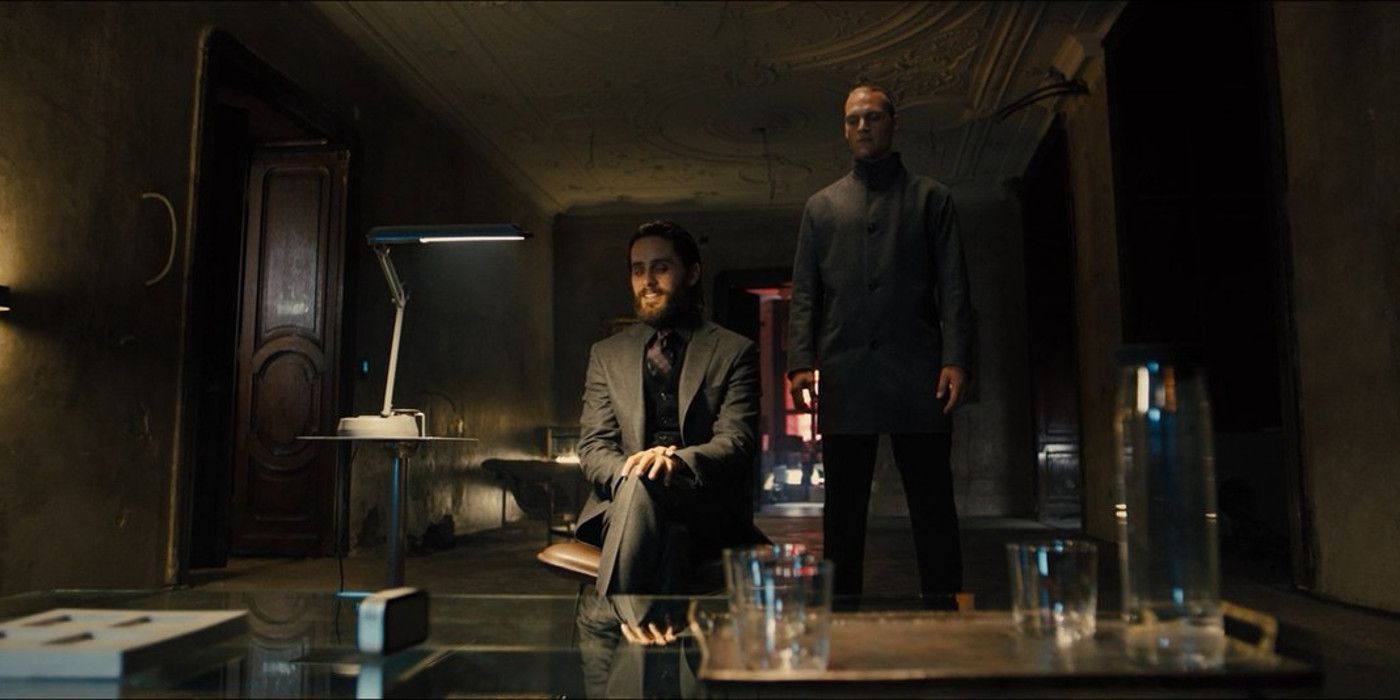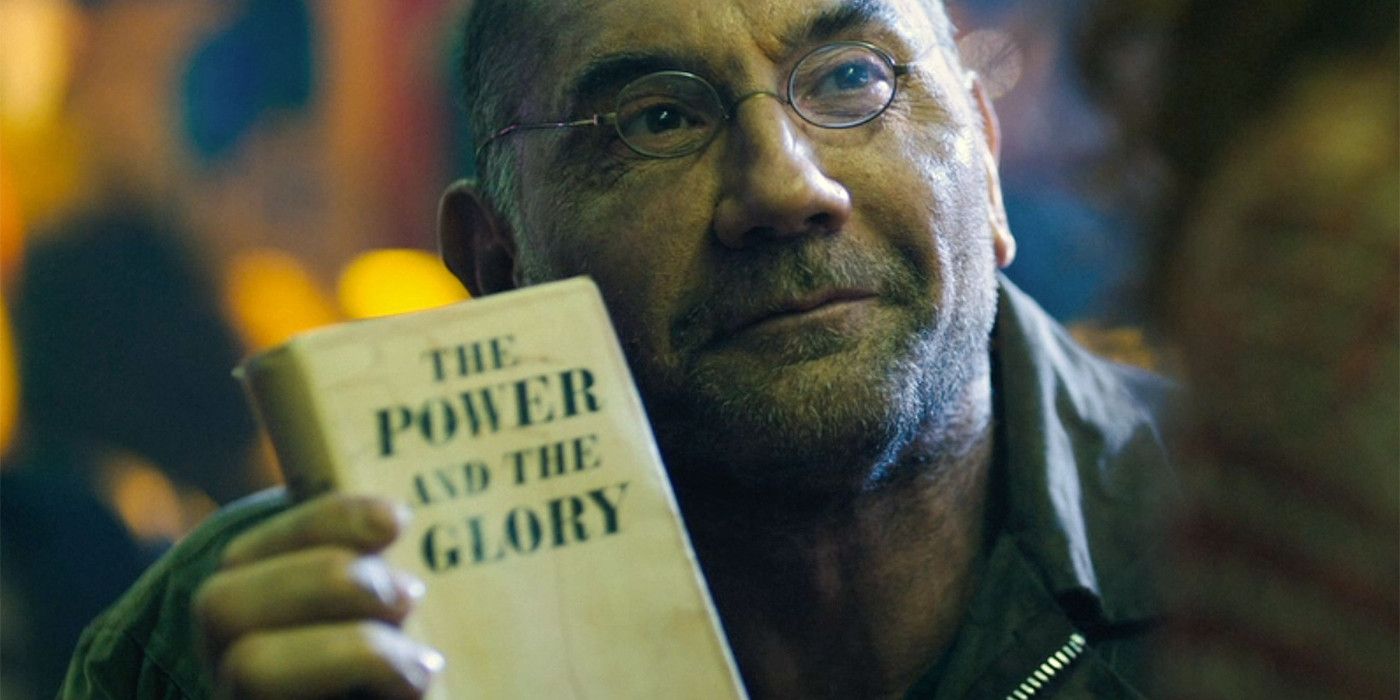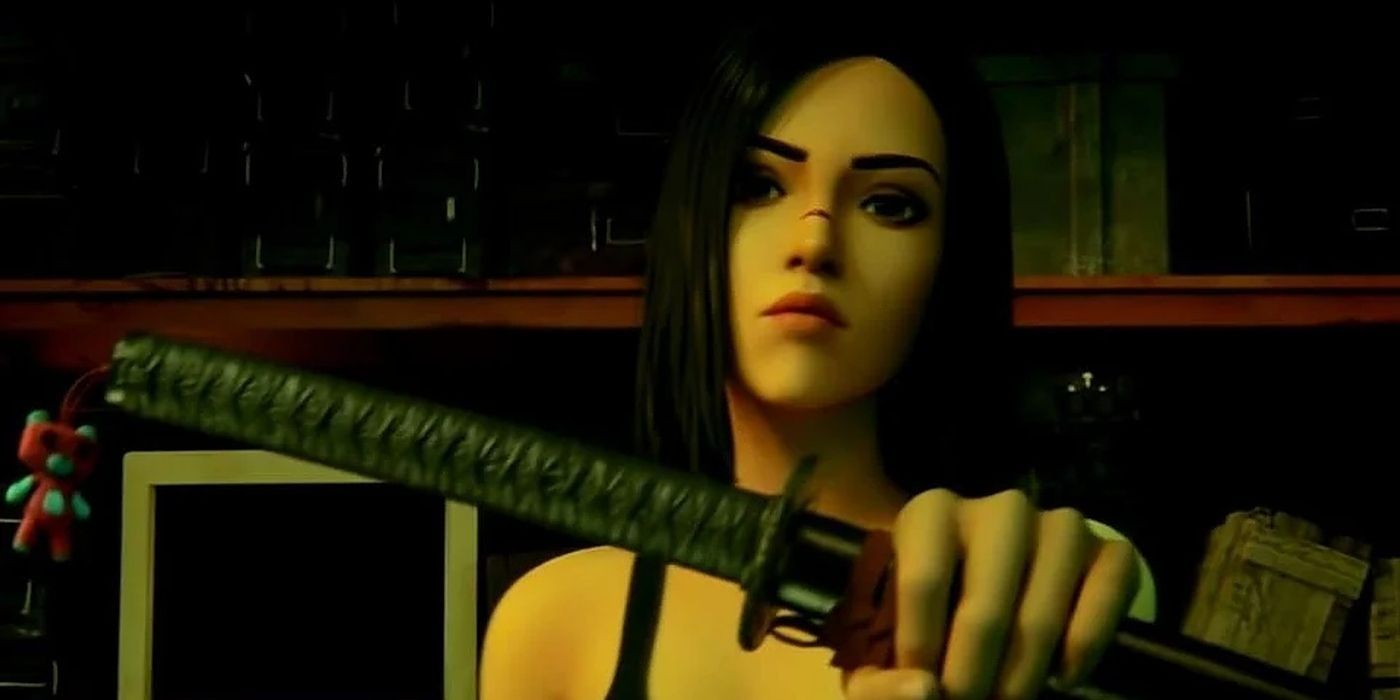Summary
- The Blade Runner universe goes beyond the films, with novels, comics, and short films that contribute to the lore and provide alternative narratives for characters like Rick Deckard.
- For example, the Blade Runner novels, written by K. W. Jeter, continue Deckard's story and delve into the concept of replicants having babies, expanding on the franchise's lore.
- Another example is Blade Runner 2019, a comic book series that explores the story of a Blade Runner assigned to protect a special daughter and her replicant mother, while Blade Runner 2029 focuses on a replicant rebellion and the efforts to stop it.
Blade Runner has managed to create an expansive world in just two films and the original novel upon which it was based, but the universe of Rick Deckard is actually much larger than what has appeared in theaters. The story of Blade Runner was based on a novel, Do Androids Dream of Electric Sheep? by Philip K. Dick. This earlier story contained many of the key points used in the Ridley Scott film, though there were some differences between the source material and the adaptation. The Blade Runner universe would be born from those differences.
In the extended canon of the Blade Runner universe, which will soon include the Blade Runner 2099 show, there are dozens of comics, a handful of short films, an anime series, and books that all contribute to the lore. Many of these stories connect with Rick Deckard, while others add more detail to the world of replicants and the Tyrell Corporation. Some of the stories and details outlined in the extended media can contradict and confuse things established in the mainline films, but others add more context and were created as direct tie-ins.
8 The Blade Runner Novels
A personal friend of Philip K. Dick decided to continue his work in the form of sequel novels set after the events of Do Androids Dream of Electric Sheep?. K. W. Jeter wrote a series of three Blade Runner novels that continued Deckard's story and introduced other Blade Runners and the original templates for several replicants, including Rachael and Roy Batty. After Blade Runner 2, the books go in an odd direction as Deckard decides to trade in his career as a Runner to be a film consultant and help in creating a film about a day in his life.
As the books get more meta, they move further away from what plays out in the original Blade Runner. However, Blade Runner 3: Replicant Night did introduce the concept of a replicant having a baby, which was then introduced in Blade Runner 2049. While not entirely aligned with the films, the Blade Runner novels do build on the lore of the franchise and create interesting alternative narratives for Deckard and Rachael's future and the Tyrell Corporation's demise.
7 Blade Runner 2019
Prior to the events of the original Blade Runner, a man by the name of Alexander Selwyn lost his wife to cancer leaving him alone to care for their daughter Cleo. Cleo possesses a special gene that may hold the secret to extending life. Alexander is friends with Eldon Tyrell who creates a replicant of his wife in exchange for full custody of their daughter Cleo. Then, in 2019 after the events of the original Blade Runner film, Selwyn's replicant wife and daughter go missing. This is the plot of the Blade Runner 2019 comic book.
A Blade Runner from the LAPD is assigned the case and discovers Cleo's genetic mutation and Selwyn's intention to give his daughter over to the Tyrell Corporation, so she instead decides to protect them and keep them hidden. Years later, Selwyn is researching replicants and selling knock-off Nexus-8s and in the course of his research, gets close to the secrets of replicant fertility. This comic book expansion to the franchise creates a link between the first and second films and hints at the potential for replicants to become more human.
6 Blade Runner 2029
This next entry in the comic book expansion to Blade Runner continues the story of Aahna "Ash" Ashina, the Blade Runner from Blade Runner 2019. The story focuses on a replicant called Yotun, who managed to extend his short lifespan through blood transfusions with other Nexus-6 replicants. Yotun is heading a large-scale replicant rebellion in an effort to assert its dominance and overthrow humankind. Ash, having been reinstated as a Blade Runner since the events of the earlier series is tasked with tracking him down and putting a stop to the whole revolution.
5 Blade Runner 2039
The latest entry in the Blade Runner comics saga from Titan is still ongoing. Issue #1 was released on December 22 and since then, the series has seen Ash reconnect with Cleo Selwyn whose replicant mother has been captured by Niander Wallace. Now, Ash must fight the deadly new threat of Niander Wallace and the Nexus-9 replicants to recover Cleo's mother and stop Wallace's nefarious plans to have replicants reproduce and take over the planet. This again bridges the gap between the series with the films leading up to the events of Blade Runner 2049 where Wallace is the primary antagonist.
4 Blade Runner Black Out 2022
An anime short film created to bridge the first and second movies, Blade Runner Black Out 2022 picks up three years after Blade Runner and follows a couple of replicants named Trixie and Iggy. The Tyrell Corporation has successfully launched a new line of replicants, the Nexus-8s with longer lifespans than their predecessors. Trixie and Iggy are part of a hidden freedom movement seeking to grant replicants the right to live as they choose rather than serving humans in meaningless and dangerous ways.
They achieve their goals of putting a stop to the Tyrell Corporation by setting off a city-wide electromagnetic pulse that shuts down the internet and production of new replicants from the Tyrell Corporation. In the aftermath of this chaos and with Tyrell bleeding money, the Wallace Corporation steps in and purchases them. A few years later, they resumed production and began work on a new model of replicant.
3 2036: Nexus Dawn
This short film 2036: Nexus Dawn is just six minutes long but shows the way in which Niander Wallace convinced governing bodies to allow him to start mass-producing and selling the Nexus-9 replicants. At a hearing to discuss whether Wallace should be allowed to continue work on a new generation of replicants, lawmakers declare that he must stop the unlawful practice immediately. Wallace uses trickery and stage presence in order to convince them when he brings a replicant in to prove his point by having them choose between his life or its own.
2 2048: Nowhere To Run
Set one year before Blade Runner 2049, 2048: Nowhere to Run tells the story of how Sapper Morton, had his identity as a replicant revealed. Dave Bautista stars in the leading role in this short and reprises his role in the subsequent feature film. Living in hiding, Morton attempts to keep his head down and avoid trouble, but when he sees a mother and child with whom he had a brief connection about to be harmed, Morton savagely attacks the abusers resulting in the brutal death of several of them. Having shown strength and endurance above that capable of any human, his true identity is revealed, and he is consequently reported to the LAPD.
1 Blade Runner: Black Lotus
The animated series Blade Runner: Black Lotus covers events that happen in 2032 of the Blade Runner universe. Elle wakes up with memories missing and sets out on a journey to discover herself and her past. In the process, it is revealed that she is an advanced replicant designed by Niander Wallace himself. As part of a hunting trip set up by Niander Wallace Sr., Elle was being hunted along with other replicants for sport.
The series sees Elle enact revenge on Wallace Sr. and discover that this was his plan all along to get his father out of the way. Wallace Jr. had greater intentions for the replicants than his father who wanted to sell the company and in order to gain full control of the company, Wallace Jr. designed a special replicant that could evade detection, use his own security clearance, and get rid of his father. The series concludes with Wallace Jr. having his eyes slashed by the replicant Elle, which leads to his need to integrate and enhance himself with the robotic eyes that distinguish his character inBlade Runner 2049.

